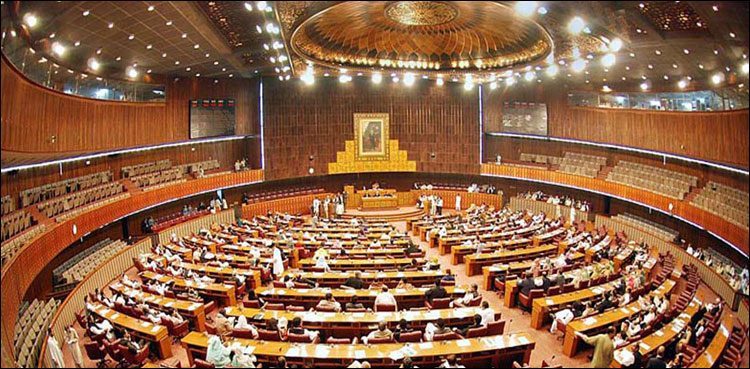STAFF REPORTER
ISLAMABAD: The Pakistan Institute of Legislative Development and Transparency (PILDAT) has unveiled a comprehensive analysis of the performance of four Provincial Assemblies in Pakistan, shedding light on significant disparities in transparency, productivity, and accessibility to information.
In terms of transparency and access to information, the Khyber Pakhtunkhwa (KP) Assembly has emerged as a frontrunner, surpassing all other Provincial Assemblies with an impressive score of 8.5 out of 11. Notably, the KP Assembly stands as the sole assembly providing live telecasts of its proceedings, setting a benchmark for transparency in the region. Meanwhile, the Punjab Assembly, which pioneered live webcasts of assembly proceedings back in 2002, suspended this practice in 2021 and has not reinstated it since. However, among the four Provincial Assemblies, the Punjab Assembly is the only one to have provided complete attendance records of Members of Provincial Assembly (MPAs) on its website, securing the second position with a score of 7 out of 11.
Balochistan Assembly clinched the third spot with a score of 6.5 out of 11, reflecting moderate transparency levels. In contrast, the Sindh Assembly received the lowest transparency score of 5.5 out of 11, highlighting its limited provision of information on its official website.
The analysis also delves into the productivity of these assemblies. The Sindh Assembly outshined its counterparts in terms of sittings held during its five-year term, convening an impressive 326 sittings with an annual average of 65 sittings. The Punjab Assembly, during its 4 years and 5 months tenure, met for 274 days with an average of 62 sittings per year. The KP Assembly followed closely, holding 248 sittings with an annual average of 56 sittings. In contrast, the Provincial Assembly of Balochistan convened the fewest sittings, totaling 241 with an average of 48 sittings per year.
Furthermore, the Sindh Assembly topped the charts in terms of working hours, amassing a total of 921 hours, averaging an impressive 184 hours and 20 minutes per year. Balochistan Assembly followed with 581 hours and 18 minutes, equating to an annual average of 116 hours. The KP Assembly met for 574 hours and 27 minutes with an average of 130 hours per year. Meanwhile, the Punjab Assembly reported 530 hours and 47 minutes, averaging 120 hours and 12 minutes per year.
Balochistan Assembly exhibited strong attendance by Chief Ministers, with a combined attendance of 31% during its five-year term. This attendance is attributed to the tenure of Jam Kamal Khan, MPA, BAP, who attended 33% of the sittings, and Mir Abdul Quddus Bezinjo, MPA, BAP, who attended 18% of the sittings. Jam Kamal Khan assumed office as CM on October 24, 2021, followed by Mir Abdul Quddus Bezinjo on October 29, 2021.
In comparison, Chief Ministers of the Punjab Assembly attended only 14% of the sittings, which is a combined attendance of three Chief Ministers. Sardar Usman Ahmed Khan Buzdar, MPA, PTI, who resigned as CM on March 28, 2022, attended only 10% of the sittings during his 3-year and 7-month tenure. Mr. Muhammad Hamza Shahbaz Sharif, MPA, PML-N, who served as CM for three and a half months, attended 57% of the sittings. He was succeeded by Mr. Parvez Elahi, MPA, PML, who attended 23% of the sittings during his 5-and-a-half-month tenure. Chief Minister KP, Mr. Mahmood Khan, MPA, PTI, attended the lowest percentage of sittings among all Chief Ministers, with only 8% attendance during his 4-year and 5-month tenure.
The analysis by PILDAT underscores the need for continued monitoring and evaluation of Provincial Assemblies to enhance transparency, productivity, and accountability in Pakistan’s legislative bodies.



